Wild cat species are among nature’s most skilled camouflage experts, capable of disappearing into their surroundings with stunning proficiency. From the dense rainforests to the arid deserts, each species has adapted unique techniques to remain concealed. This article delves into eight remarkable wild cat species renowned for their ability to blend in seamlessly with their habitats. We’ll explore the background, adaptations, and intriguing behaviors that make these felines masters of disguise.
1. The Eurasian Lynx
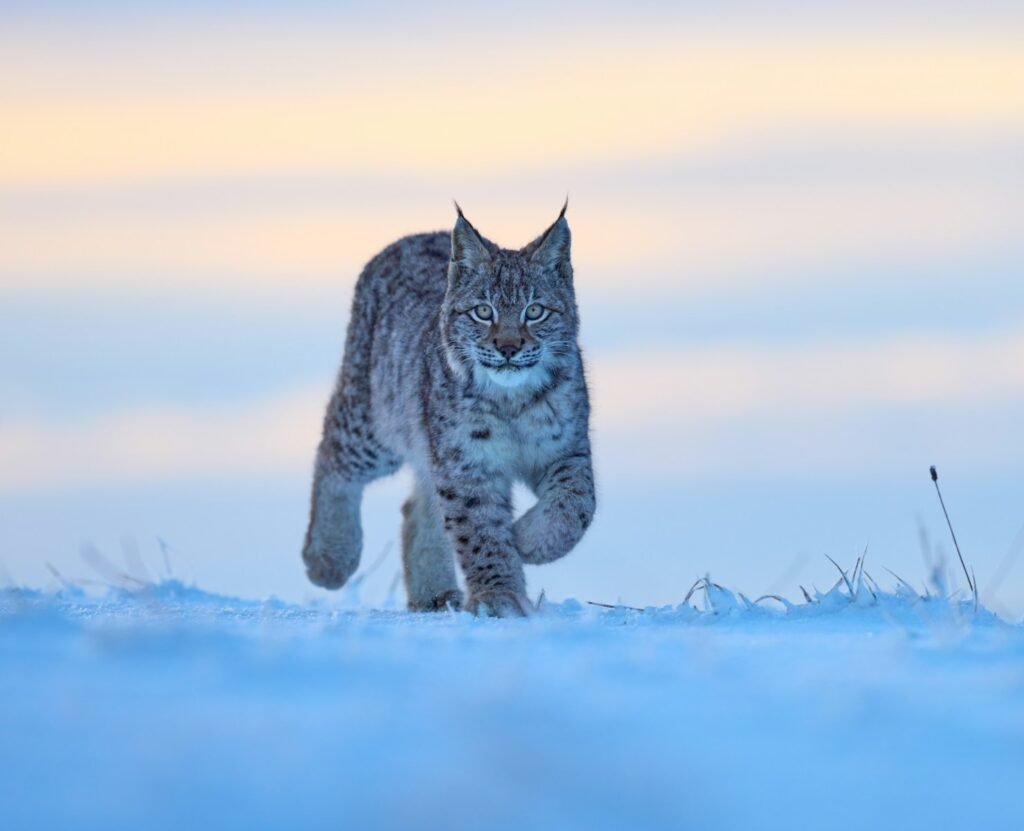
The Eurasian lynx is among the largest of the lynx species and thrives in European and Siberian forests. Its thick fur provides warmth and camouflage against the snowy backdrop. The lynx utilizes its spotted and mottled coat to blend effortlessly with the patches of light and shadow in the forest. This stealth not only aids in hunting but also in evading detection by potential threats.
2. The Snow Leopard
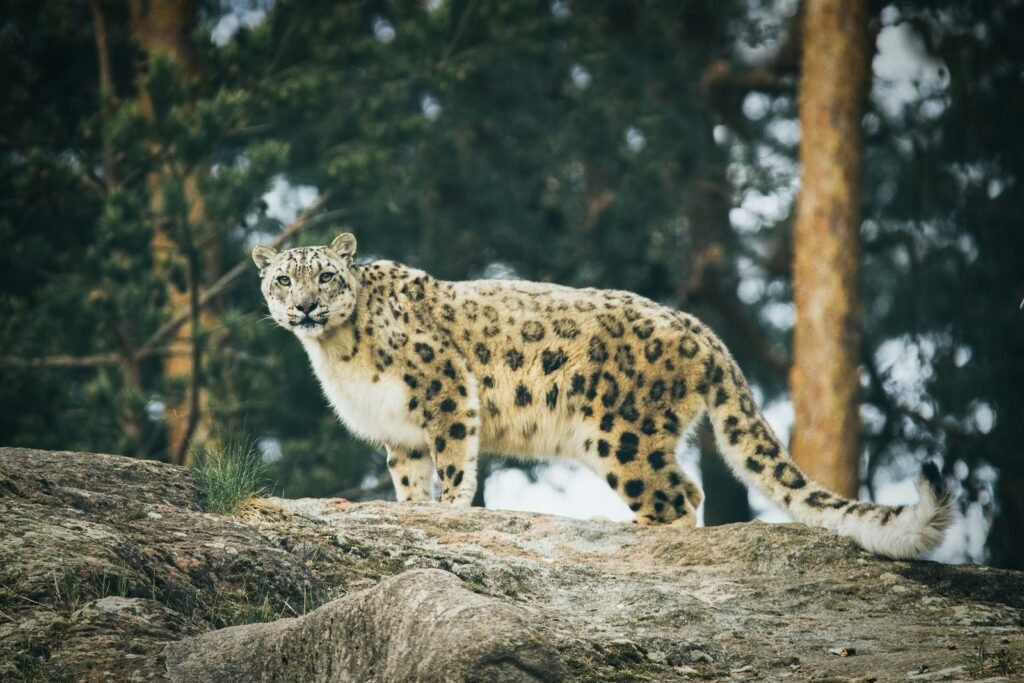
Inhabiting the rugged mountains of Central Asia, the snow leopard’s dense, woolly coat is a perfect match for the rocky, snow-clad terrain. Beyond its muted colors that mirror the snow and rocks, the snow leopard masters its environment by moving silently across the craggy landscape, rendering itself nearly invisible. Their ability to navigate steep slopes with ease only adds to their elusive nature.
3. The Sand Cat
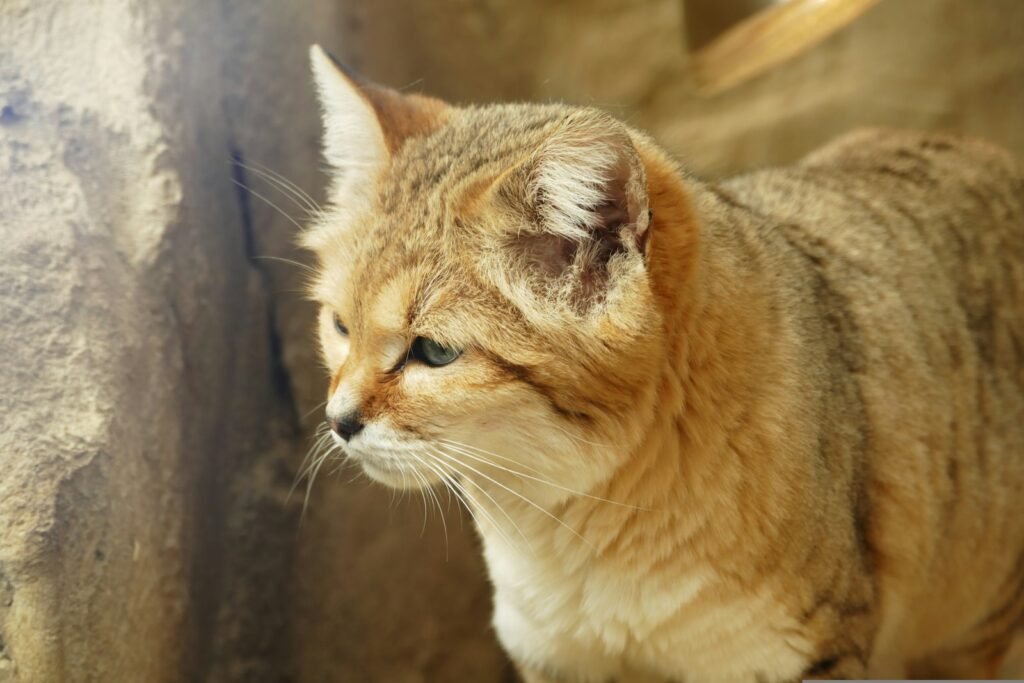
The sand cat dwells in arid deserts of North Africa and Southwest Asia, where the earth echoes its tawny fur and obscure markings. The feline’s diminutive size and exceptional hearing assist in surviving the harsh desert climate. Primarily nocturnal, the sand cat keeps to the shadows by day, becoming active when its surroundings allow it to move undetected.
4. The Margay
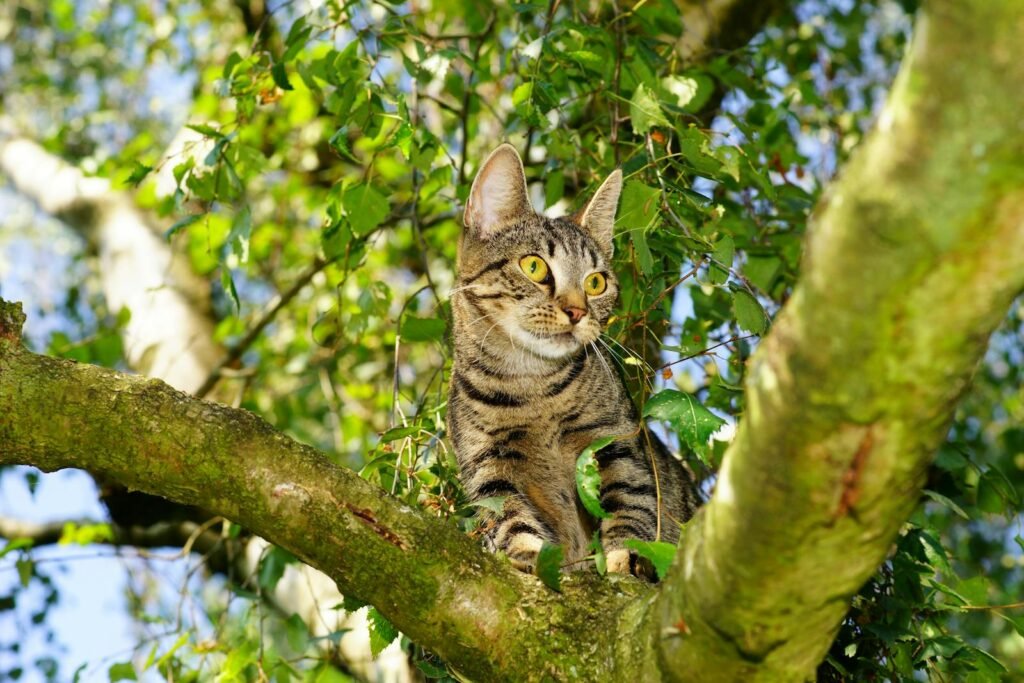
Known for its remarkable climbing abilities, the margay resides in the tropical rainforests of Central and South America. Its spotted coat is a perfect match for the dappled sunlight filtering through the canopy. Agile and silent, the margay navigates the tree branches with grace, often remaining unnoticed by those on the forest floor.
5. The African Serval
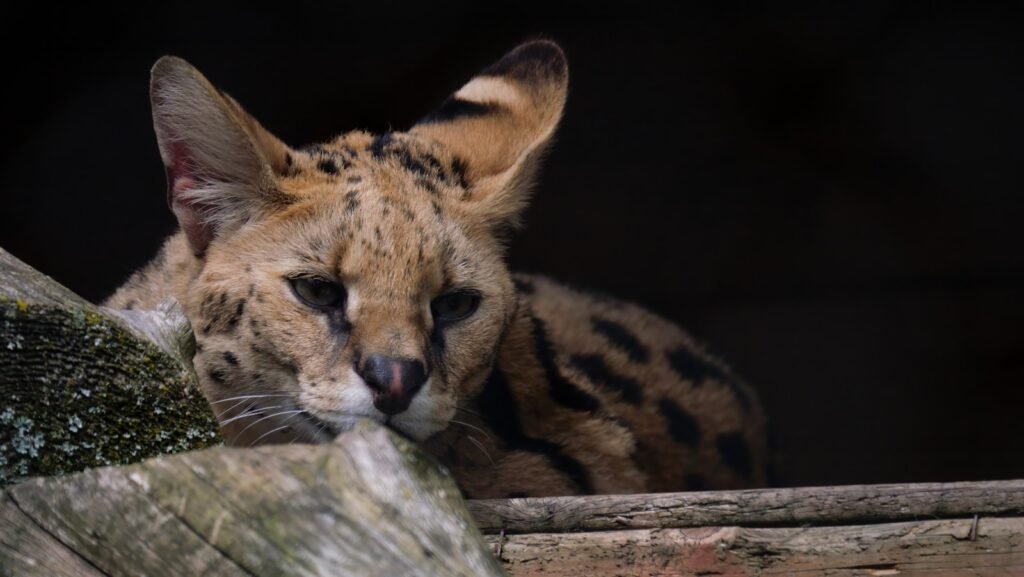
Servals inhabit the savannas of Africa, where their spotted coats provide excellent camouflage among tall grasses. They excel in remaining unseen in their grassland environment, thanks to their slender bodies and remarkable leaping abilities, which help them to both hunt effectively and evade larger predators.
6. The Canada Lynx
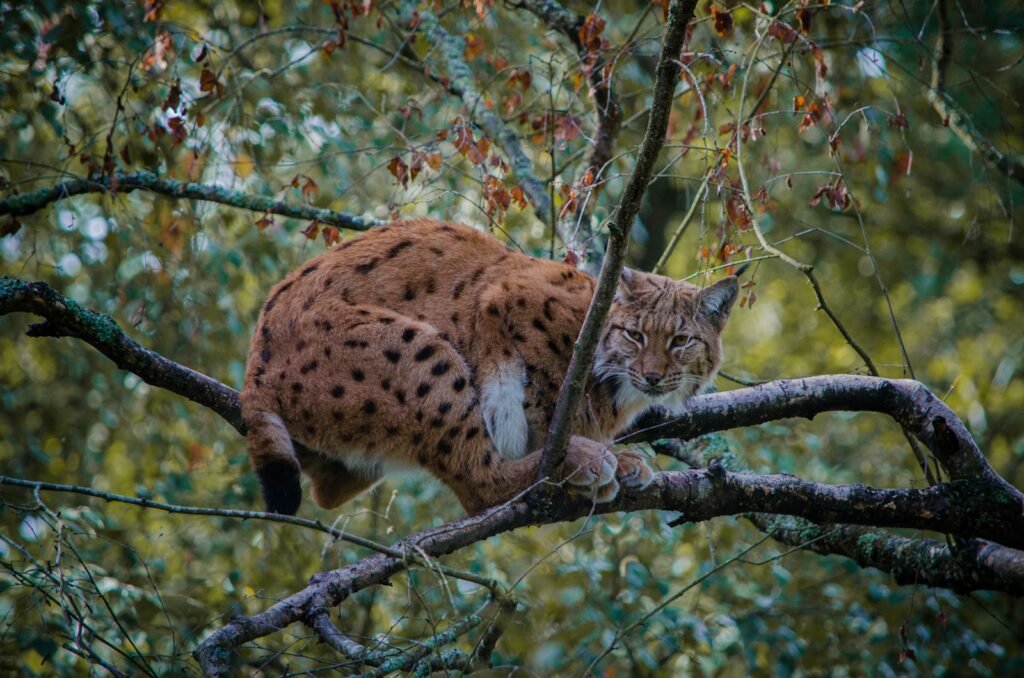
The Canada lynx is a solitary inhabitant of boreal forests across North America. Its tufts of ear hair and fluffy winter coat blend seamlessly with the stark, snowy landscapes. As with its Eurasian cousin, the Canada lynx uses the thick underbrush and winter whiteness to silently stalk its prey.
7. The Jaguar
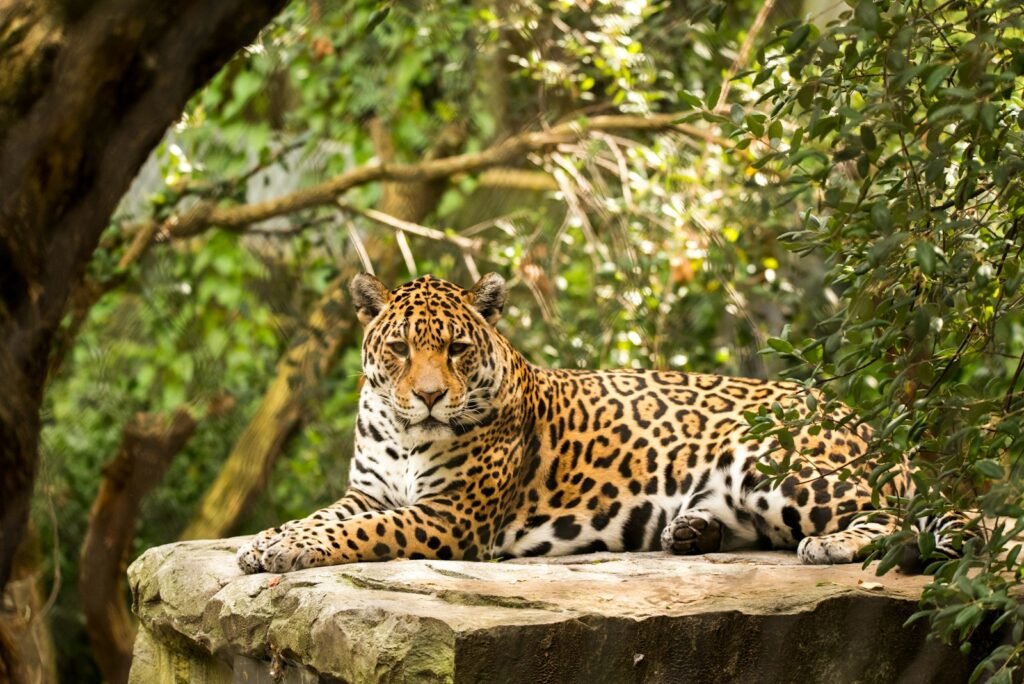
Renowned for its power and stealth, the jaguar prowls the rainforests of the Americas. Its rosette-patterned coat serves as an excellent disguise in the dense jungles and river banks it calls home. Jaguars are also proficient swimmers, using water to catch prey and avoid detection.
8. The Clouded Leopard
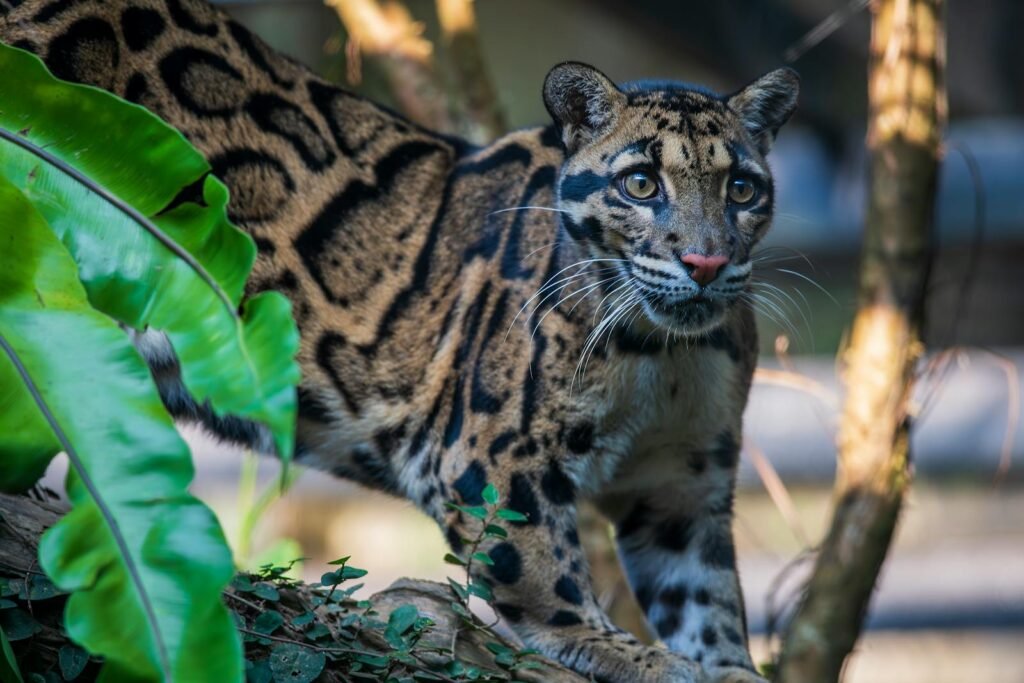
Found in the dense forests of Southeast Asia, the clouded leopard’s coat features large, cloud-like markings that provide ideal camouflage among the subtropical foliage. Their arboreal lifestyle allows them to patrol unseen across branches, taking advantage of vantage points high above the ground to spot prey and rivals.
The ability of these wild cats to blend into their environments is a testament to their evolutionary ingenuity. Whether it’s the snowy mountains or dense jungles, these felines have perfected the art of concealment using a combination of their physical characteristics, behaviors, and habitats. Understanding these skills not only highlights the wonders of natural adaptability but also underscores the importance of conserving their many unique environments to ensure their survival.

Suhail Ahmed is a passionate digital professional and nature enthusiast with over 8 years of experience in content strategy, SEO, web development, and digital operations. Alongside his freelance journey, Suhail actively contributes to nature and wildlife platforms like Feline Fam, where he channels his curiosity for the Feline into engaging, educational storytelling.
With a strong background in managing digital ecosystems — from ecommerce stores and WordPress websites to social media and automation — Suhail merges technical precision with creative insight. His content reflects a rare balance: SEO-friendly yet deeply human, data-informed yet emotionally resonant.
Driven by a love for discovery and storytelling, Suhail believes in using digital platforms to amplify causes that matter — especially those protecting Earth’s biodiversity and inspiring sustainable living. Whether he’s managing online projects or crafting wildlife content, his goal remains the same: to inform, inspire, and leave a positive digital footprint.






